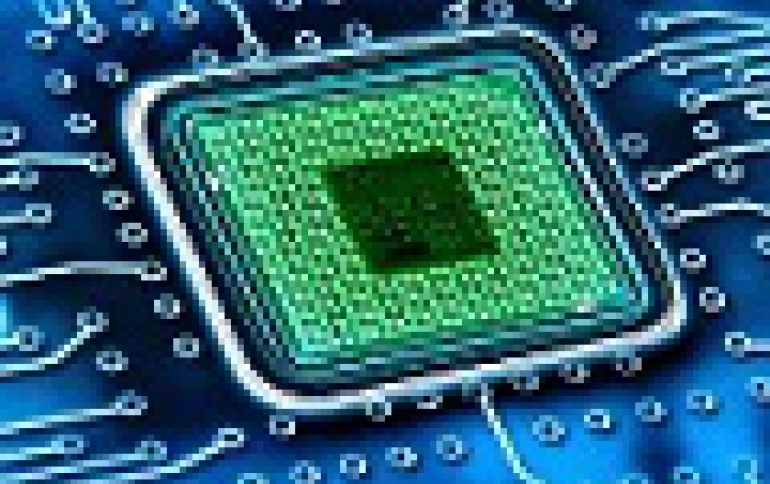
Your Next Smartphone Could Use Carbon-based NRAM Memory, Says Report
In the past, we have seen many papers describing exciting, futuristic projects and technologies that could create market volatility if they ever reached the market, but they didn't. According to a report, the prospects for Nano RAM (NRAM) are much better case.
NRAM is a non-volatile memory technology based on carbon nanotubes that's poised for commercialization in 2018, as a result of the work by Fujitsu.
According to a report from BCC Research, NRAM is expected to be more disruptive to enterprise storage, servers, and consumer electronics than flash memory.
"It is rare to see a technology catch fire after so long in development, but NRAM appears poised to do just that," said BCC research editorial director Kevin Fitzgerald. "In fact, your next smartphone could be a carbon-based lifeform."
The report predicts the overall Nano RAM (NRAM) market will see a compound annual growth rate of 62.5 percent between 2018 and 2023, with the embedded systems market in which it will be used expected to grow from $4.7 million in 2018 to $217.6 million in 2023. That would represent a combined annual growth rate over those five years of 115.3 percent.
NRAM was invented by Nantero. The memory is claimed to have 1,000 times the performance of DRAM but stores data like NAND flash memory; when the power is turned off, the data remains.
Other memory technologies such as Ferroelectric RAM (FRAM), IBM's Racetrack Memory, Phase-Change Memory, Magnetoresistive Random-Access Memory (MRAM), ReRAM or Conductive-Bridging RAM (CBRAM) are also promising to challenge NAND flash in terms of speed, endurance and capacity.
But the BCC Research agrees that NRAM has the potential for mass customization, meaning a chip can be optimized for many specific tasks. That will enable things like autonomous IoT sensors as well as memory for the smartphone industry, embedded ASICS for automobiles and even headphones that store music intrinsically.
In August, Fujistu Semiconductor announced plans to mass producing the NRAM. The company plans to develop a custom embedded storage-class memory module using the DDR4 interface by the end of 2018, with the goal of expanding the product line-up into a stand-alone NRAM product family from Fujitsu's foundry, Mie Fujitsu Semiconductor Ltd.; the stand-alone memory module will be sold through resellers.
Using the DDR4 specification interface, NRAM could sport up to 3.2 billion data transfers per second or 2.4Gbps - more than twice as fast as NAND flash. Natively, however, the NRAM's read/write capability is thousands of times faster than NAND flash, so the bottleneck is the computer BUS interface.
Intel and Micron will be using the faster PCIe/NVMe motherboard interface for their 3D XPoint non-volatile memory.
Even so, BCC Research expects NRAM to quickly affect consumer electronics, mobile computing, the Internet of Things, enterprise storage, defense, aeronautics and automotive. Others agree.
Carbon nanotubes are 50 times stronger than steel, and they're only 1/50,000th the size a human hair. Because of carbon nanotubes' strength, NRAM has far greater write endurance compared to NAND flash. According to Nantero, NRAM can withstand 1012 write cycles and 1015 read cycles - an almost infinite number. The best NAND flash, with error correction code, can withstand about 100,000 erase-write cycles.
NRAM has the potential to create memory that is more dense that today's 15nm NAND flash. NRAM can reach densities of below 5nm.
Fujitsu plans to initially manufacture the NRAM using a 55-nanometer (nm) process. At that size, the initial memory modules will only be able to store megabytes of data.
NRAM is also resistant to heat. It can withstand up to 300 degrees Celsius. Nantero claims its memory can last thousands of years at 85 degrees Celcius and has been tested at 300 degrees Celsius for 10 years. Not one bit of data was lost.
















